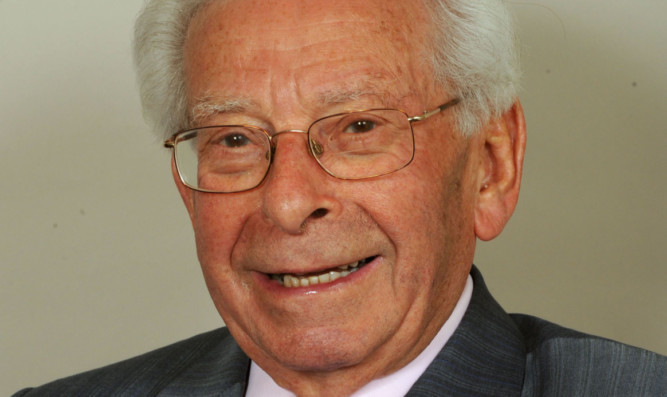Scotland has gained a budget reprieve of £1 billion from the Treasury because of the “flawed” Barnett Formula, according to the Institute of Fiscal Studies.
The Treasury insisted the formula produces results that are “broadly fair, transparent and consistent” and said the IFS report concentrated on short-term results in one area of spending.
A new report published today by the IFS claims the Scottish Government is to see its budget cut by around £600 million less than England’s as a result of spending reviews in 2010 and 2013 than under a “corrected” version of the formula.
It also suggests that follows on from budget increases of £400m more as a result of spending reviews during the 2000s.
The report added the Northern Irish Executive will have £200m less sliced from its budget because of the “flaw”.
The IFS said the Barnett Formula, the system devised in the 1970s for distributing central funds between the nations of the UK, deals with business rates in a way which benefits Scotland and Northern Ireland to the disadvantage of England and Wales.
David Phillips, a senior research economist at the Institute for Fiscal Studies and the author of the report, said: “Problems with the way the Barnett Formula treats business rates mean that Scotland and Northern Ireland have avoided hundreds of millions of pounds of cuts that they would have faced under a corrected formula cuts that England and Wales have faced.”
A Treasury spokesman said: “Like all other areas of spending, the treatment of local government spending in the Barnett Formula is based on the level of devolution of services, not on individual revenue streams like business rates.
“The leaders of all three main UK parties have been clear that the Barnett Formula will continue.”
A Scottish Government spokesman said: “Scotland has generated more tax per head than the UK as a whole in each of the last 33 years.
“Even when North Sea revenue is excluded, on a per capita basis Scotland’s national income and tax revenues are on a par with the UK.
“It should also be noted that even with the current Barnett Formula, Scotland will continue to face cuts to its budget of 10% over the five years to 2015/16.”
